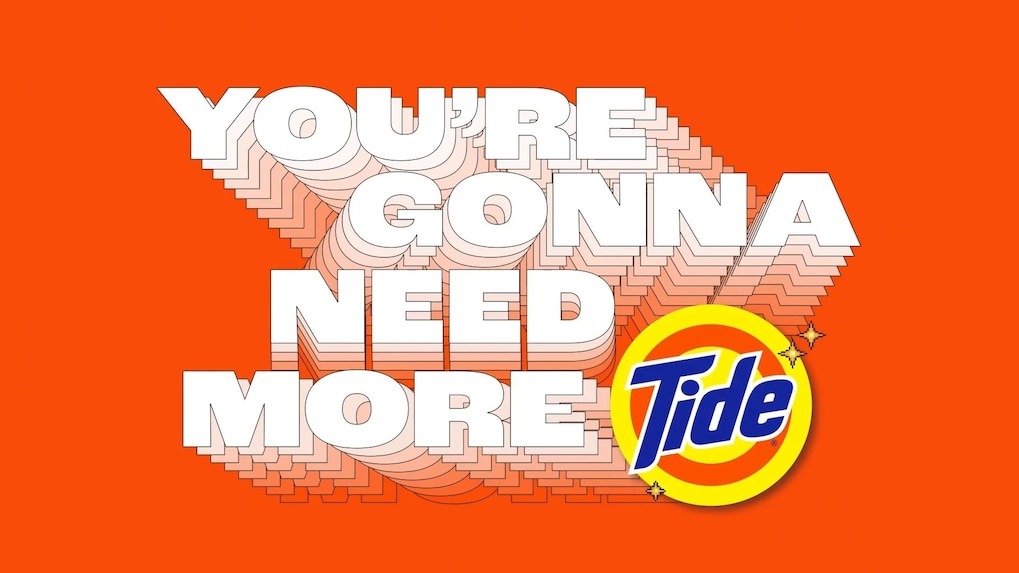As brands navigate the annual season of advertising commitments, known as upfronts, many find themselves in a state of uncertainty reminiscent of the early pandemic days in 2020. The Trump administration’s trade war has disrupted 2025 planning, pushing marketers towards cost-effective, lower-funnel channels. This turmoil mirrors the agility required during the pandemic, yet data shows marketers have not always swiftly adapted to new channels in the early 2020s.
The media landscape has significantly evolved since March 2020, driven by pandemic-accelerated digital habits. Retail media, once a nascent term, has become one of the fastest-growing advertising areas, fueled by e-commerce adoption and alternatives to third-party cookies. This media network model has given rise to numerous retailer-owned ad platforms, spreading to ride-hailing apps, financial services, and travel, leading to oversaturation.
The Rise of CTV and Social Media
The consumption of connected TV (CTV) and social media has drastically increased post-pandemic. The adoption of premium digital properties, such as live sports, is expected to accelerate this trend. From 2020 to 2024, CTV and social media ad spending in the U.S. have seen substantial growth, with significant investments in these channels reflecting a shift in consumer behavior.
Fragmentation in Media
Despite the new channel paradigm, the business of marketing remains fragmented. Many companies have lost sight of brand-building fundamentals in pursuit of media math mastery. Marketing effectiveness is now more crucial than ever, requiring specialized roles in search, retail media, and organic media alongside traditional roles.
TikTok’s Impact on Social Media
TikTok has transformed content consumption, making short-form videos the norm for users and advertisers. Its algorithmic recommendations have shifted the focus from a social graph to out-of-network content, fostering the rise of social commerce. Despite its rapid growth, some advertisers were slow to invest due to nascent ad products and ownership concerns.
CTV’s Steady Ascent
The pandemic accelerated cord-cutting and the rise of CTV, yet ad spending in this domain has been gradual. Premium programming like live sports is increasingly moving to digital platforms, but measurement remains a challenge. Standardized methods for assessing campaign effectiveness in CTV are lacking, posing a barrier to broader adoption.
The Retail Media Boom
Retail media has thrived post-pandemic, with a surge in e-commerce data and the decline of third-party tracking. This channel has become a significant focus for marketers seeking precision in reaching consumers online. However, many brands view retail media as a tax tied to larger trade agreements, with standardization still a pipe dream.
Innovation Amidst Uncertainty
Despite the chaos, moments of high pressure can breed innovation. Marketers now have tools like generative AI to enhance efficiency. The COVID-19 era saw a 35% growth in digital advertising, highlighting the potential for growth amid disruption.
Note: This article is inspired by content from https://www.marketingdive.com/news/5-years-of-media-evolution-provide-few-answers-to-brands-chaotic-2025/746742/. It has been rephrased for originality. Images are credited to the original source.










Leave a Reply